New year 2015 in Japan
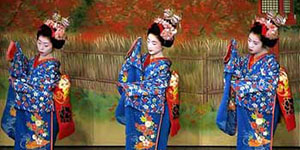
New year in Japan – this is a very bright and unusual for a European tourist event. In the land of the rising sun celebrating the New year – one of the main events of the calendar, and it involves a lot of nuances and peculiarities. Some of them can be quite unexpected and may even be able to disappoint Ukrainian tourists.
If in most countries the first of January, most restaurants serve a special festive menu, shopping malls have a special chart, as in theaters and clubs offers a special Christmas program, in Japan everything is different — new year's tradition the Japanese are substantially different from what used to European tourists.
For example, on new year's holidays many tourist attractions, restaurants, shops and Mall in Japan, just don't work, and this feature is often a complete surprise to travelers who just can't imagine a tour without the traditional Christmas shopping and the usual events.
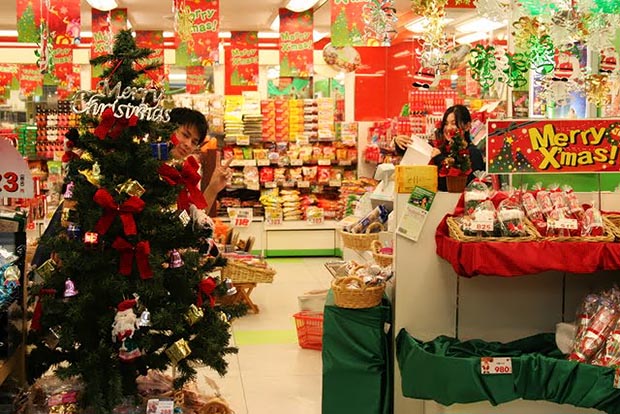
But if you go to this amazing country to experience the subtle Oriental culture and new experiences, unusual Japanese tradition of New year celebrations, a special menu and lots of interesting customs will turn your Christmas vacation into something fantastic.
So, are you planning to celebrate New year 2015 in Japan, but not in Ukraine? Then this article will be useful and interesting for you!
To spend New year in Japan: traditions and customs
New year in Japan is called Shogatsu and the first day of the new year bears the name of Gantan. In this country there is a tradition to greet each friend in the first in this year meeting, greeting akemashite-omedetou-gozaimasu (traditional greetings with the New year).
In the New year's eve in Japan is Kōhaku Uta Gassen (translated as “Song tournament Red and White”). This is a traditional music show, which is held annually since 1951, the year and is broadcast on all channels and radio waves of the country. To watch the music concert contest Kōhaku Uta Gassen new year's eve the Japanese for many decades became almost as well known as “Blue light" in the post-Soviet space.
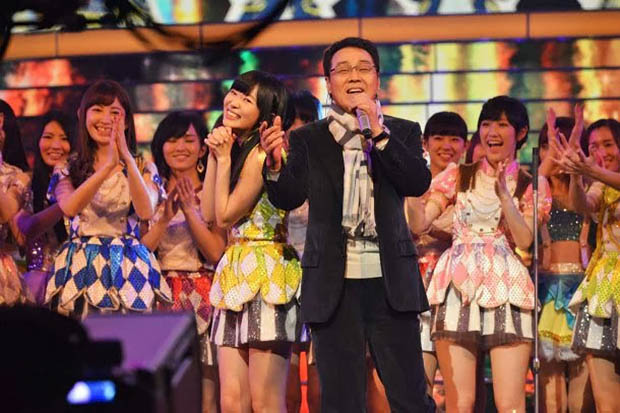
Here, you can see (and hear) the familiar countdown midnight – innovation in recent years is gaining popularity in Japan, especially in large cities. But the fireworks, without which our tourists usually can not imagine this new year's eve, here is a rarity.
Another unusual Christmas tradition – otoshidama, money gift for a child. These gifts make when visiting the family children Japan during the Christmas holidays: the money is packaged in small envelopes and handed adults kids. So if you are planning to apply to anyone a visit during his Christmas holidays in Japan, make sure to prepare just in case a few of these gift envelopes for the children.
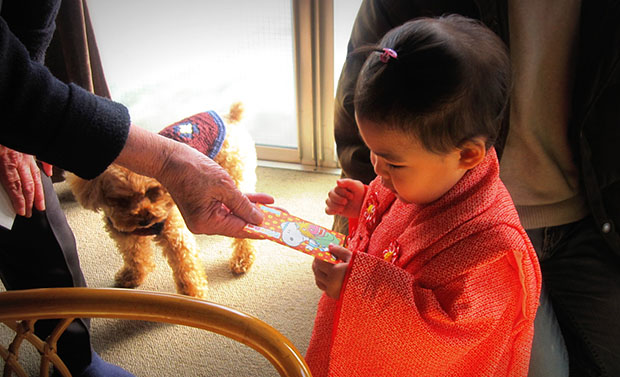
Transport on New year in Japan
Domestic and international transport is working very intensively during all the Christmas holidays, because the Japanese New year usually visit their relatives living in rural areas and abroad, travelling to Japan and other countries.
Peak travel usually falls on the period from 29 to 31 December when the residents of large cities are leaving the province, and from 2 to 4 January – when they return home. Always keep in mind that to purchase tickets for any mode of transport in Japan on those dates is problematic.
Schedule for new year holidays
- Most tourist attractions, shops, restaurants, banks and ATMs in Japan are closed for one or more days during the period from 29 December to 4 January.
- Visit almost all sites these days are limited, especially on the first day of the new year. Many museums stop working for a few days and not just 1 January.
- Stores can work for several days before and several days after the New year on a reduced schedule, but the 1st of January almost all of them usually are closed.
- Restaurants are usually closed one day (1 January) or more, but the Japanese fast food restaurants, cafes, hotels and small bistro working mainly on the standard schedule.
- Temples and shrines of Japan, of course, continue to work all days, especially new year's eve.
Hatsumode
Tourists who are in Japan during New year can also meet with another tradition of celebrating Shogatsu and go January 1, along with the Japanese Hatsumode in the temple (the custom of visiting a local Shrine in the first days of the new year). Hatsumode festivities are held at practically every Shrine and temple across Japan.
In the popular Japanese shrines you will find a festive atmosphere, an unusual religious festival, booths with Christmas treats and trays of charms. Japanese new year talismans, by the way, deserve special attention: here decided to buy the talisman for the coming year, and to burn last year to get away from the hardships of the past year and bring good luck in the new.
The most colorful, eventful and impressions Hatsumode usually takes place in the night from 31 December to 1 January, around midnight.
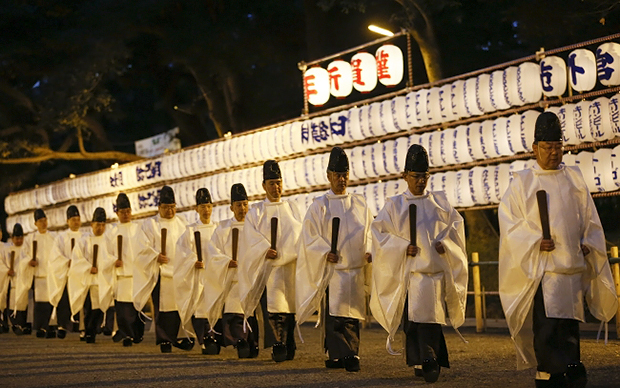
Popular temples and shrines in Japan for Hatsumode:
- Meiji Shrine, Tokyo
- Fushimi Inari Taisha, Kyoto
- Sumiyoshi Taisha, Osaka
- Tsuruoka Hachimangu, kamakura
Each of these temples during the first days of the new year attracts more than a million people.
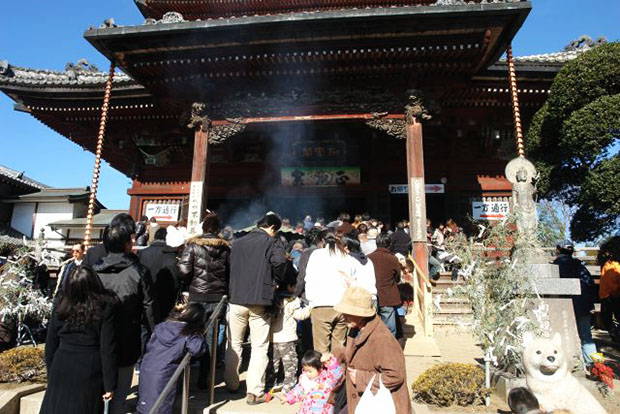
New year greetings to the Emperor of Japan
January 2 the Japanese Emperor makes several public appearances at the Imperial Palace in Tokyo. This is one of two times in the year when the chambers of the Palace become available to the General public. The second time the door of the Imperial residence open to visitors December 23-the Emperor's birthday.
The greeting ceremony subjects — this is a mandatory ritual, without which no citizen of Japan can't even imagine new year celebration in Japan. Five-time Imperial greeting sounds the first day of January in 10:10, 11:00, 11:50, 13:30 and 14:20. Every time the Emperor and his family appear in closed armored glass balcony to give a congratulatory speech and a welcome wave to the assembled subjects.
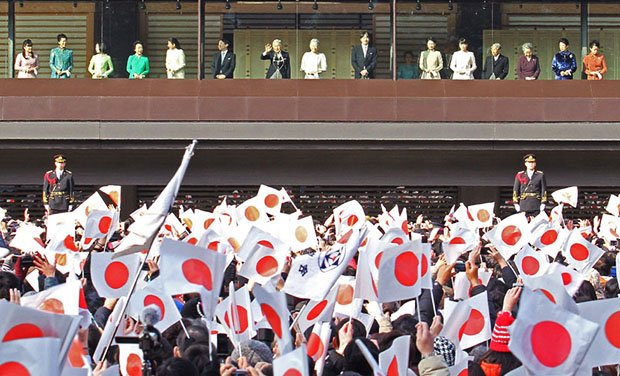
New year menu in Japan
During Shogatsu in Japan, eating special dishes called Osechi ryori (ryori Osechi). Osechi ryori are Packed in special little boxes Jubako, and each such new year's dish is endowed with special meaning-a wish, for example, a dish of shrimp symbolizes a long life, and herring ROE – fertility.
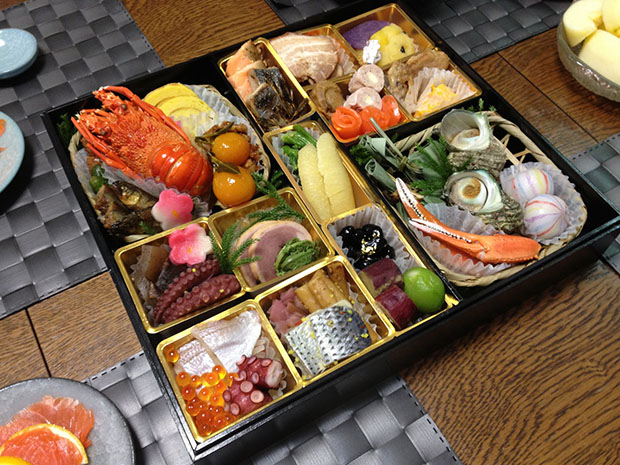
Also during the Christmas holidays in Japan is usually served mochi (rice cakes). The most popular dish served these cakes-rice soup-pie zouni. Its recipe varies from region to region and taste preferences of the family.


